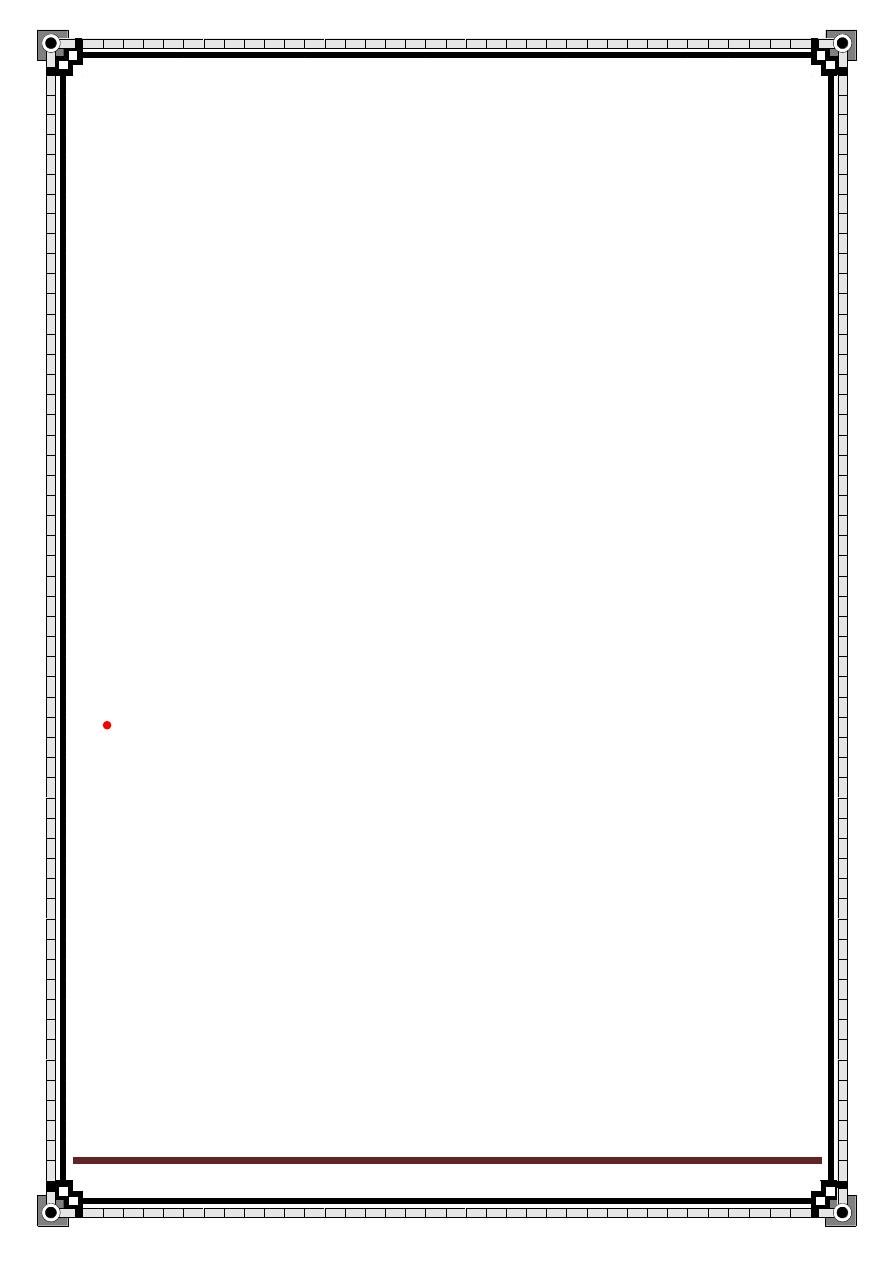
257
" Reading without contemplation is like eating without digestion "
Chinese byword
Urology
Haematuria
Chief Compliant :bloody urine for 4 days.
History of the Present Illness
:
1- Duration
2- Onset of change in color
3- Timing (intermittent or continous)
4- amount
5- pattern of hematuria: Initial Haematuria (anterior urethral lesion);
terminal hematuria (bladder neck or prostate lesion); hematuria
throughout voiding (bladder or upper urinary tract)
6- clot
7- bleeding between voidings
8- Associated symptoms
Frequency,Dysuria,Suprapubic pain,flank pain (renal colic),perineal
pain,joint pain, weight loss, fever, palpitation
9- Aggravated factors : Recent exercise, menstruation
7- Recent sore throat, streptococcal skin infection
(glomerulonephritis)
8- Quantity of RBCs found on urinalysis
9- Hx of trauma
10- prior stone passage
11- Foley catheterization
12-Patient reaction
Past Medical History:
Prior Pyelonephritis
occupational exposure to toxins.
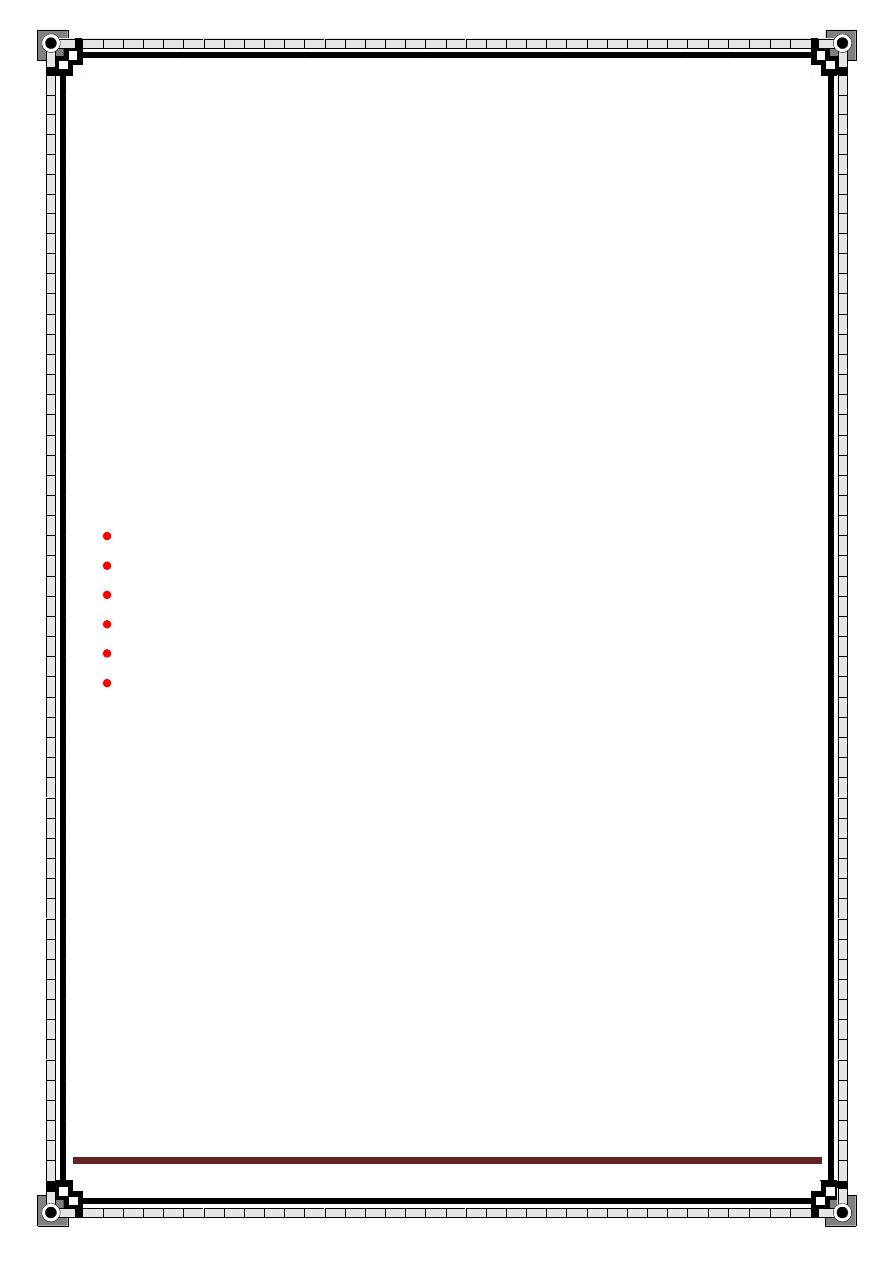
258
" Reading without contemplation is like eating without digestion "
Chinese byword
DDx.
Drug Hx:
Medications Associated with Hematuria:
Warfarin, aspirin,
ibuprofen, naproxen, phenobarbital, allopurinol, phenytoin,
cyclophosphamide.
Causes of Red Urine: Pyridium, phenytoin, ibuprofen, cascara laxatives,
levodopa, methyldopa, quinine, rifampin, berries, flava beans, food coloring,
rhubarb, beets, hemoglobinuria, myoglobinuria.
Family History:
Hematuria
renal disease
sickle cell
bleeding
deafness (Alport's syndrome)
hypertension.
Physical Examination
General Appearance: Signs of dehydration. Note whether the patient
appears ill, well, or lethargic.
Vital Signs: BP (hypertension), pulse (tachycardia), respiratory rate,
temperature (fever).
Skin: Rashes.
HEENT: Pharyngitis, carotid bruits.
Heart: Heart murmur; irregular rhythm (atrial fibrillation=> renal emboli).
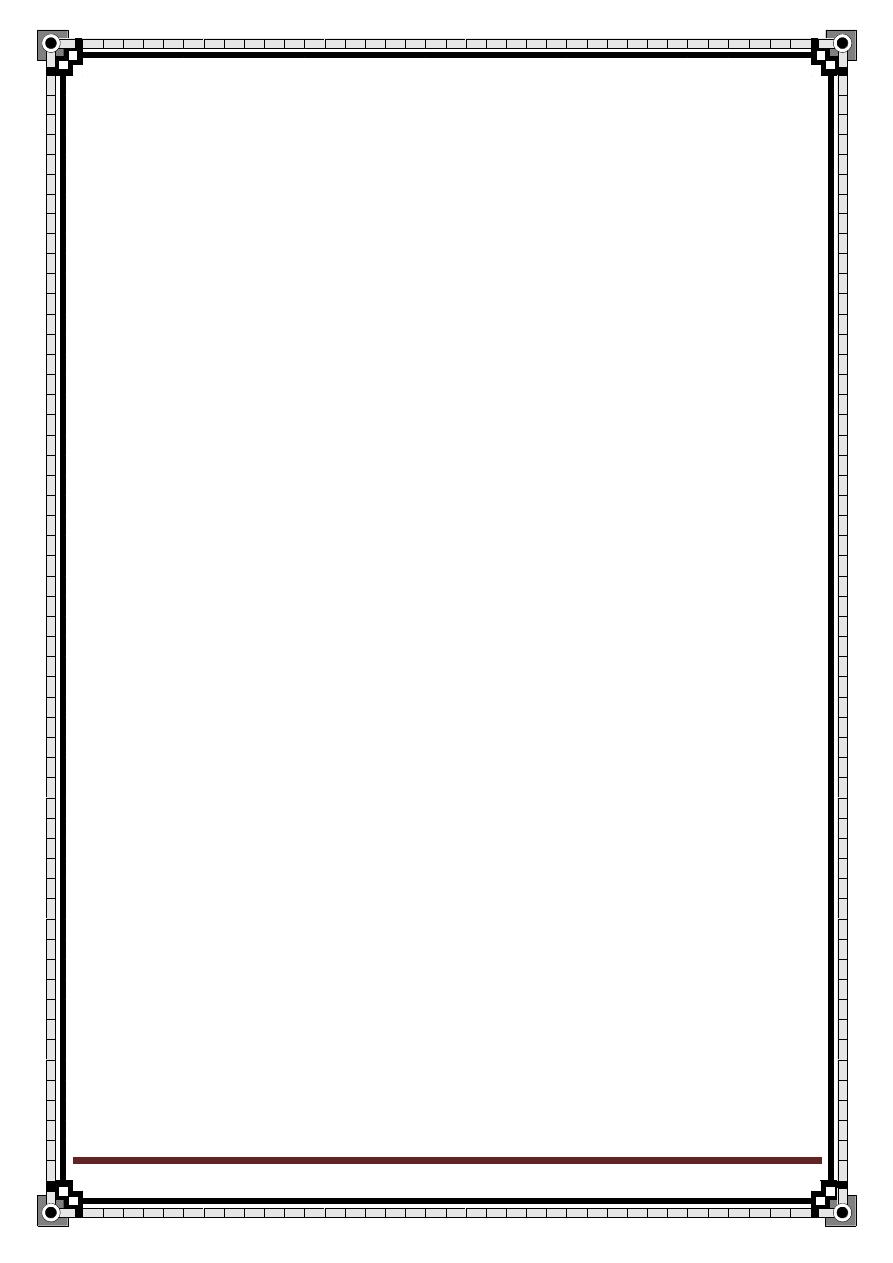
259
" Reading without contemplation is like eating without digestion "
Chinese byword
Abdomen: Tenderness, masses, costovertebral angle tenderness (renal
calculus or pyelonephritis), abdominal bruits, nephromegaly, suprapubic
tenderness.
Genitourinary: Urethral lesions, discharge, condyloma, foreign body,
cervical malignancy; prostatetenderness, nodules, or enlargement (prostatitis,
prostate cancer).
Extremities: Peripheral edema (nephrotic syndrome), arthritis, ecchymoses,
petechiae, unequal peripheral pulses (aortic dissection).
Labs: UA with microscopic exam of urine, CBC, KUB, intravenous
pyelogram, ultrasound, ANA, INR/PTT.
Indicators of Significant Hematuria: (1) >3 RBC's per high-power field on
2 of 3 specimens; (2) >100 RBC's per HPF in 1 specimen; (3) gross
hematuria
The patient should abstain from exercise for 48 hours prior to urine
collection, and urine should not be col-
lected during menses.
Differential Diagnosis
A. Medical Hematuria is caused by a glomerular lesion; plasma proteins
filter into urine out of proportion to the amount of hematuria. It is
characterized by glomerular RBCs that are distorted with crenated
membranes and an uneven hemoglobin distribution and casts. Microscopic
hematuria and a urine dipstick test of 2+ protein is more likely to have a
medical cause.
B. Urologic Hematuria is caused by a urologic lesion, such as a urinary
stone or carcinoma; it is characterized by minimal proteinuria, and protein
appears in urine proportional to the amount of whole blood present. RBCs
are disk shaped with an even hemoglobin distribution; there is an absence of
casts.
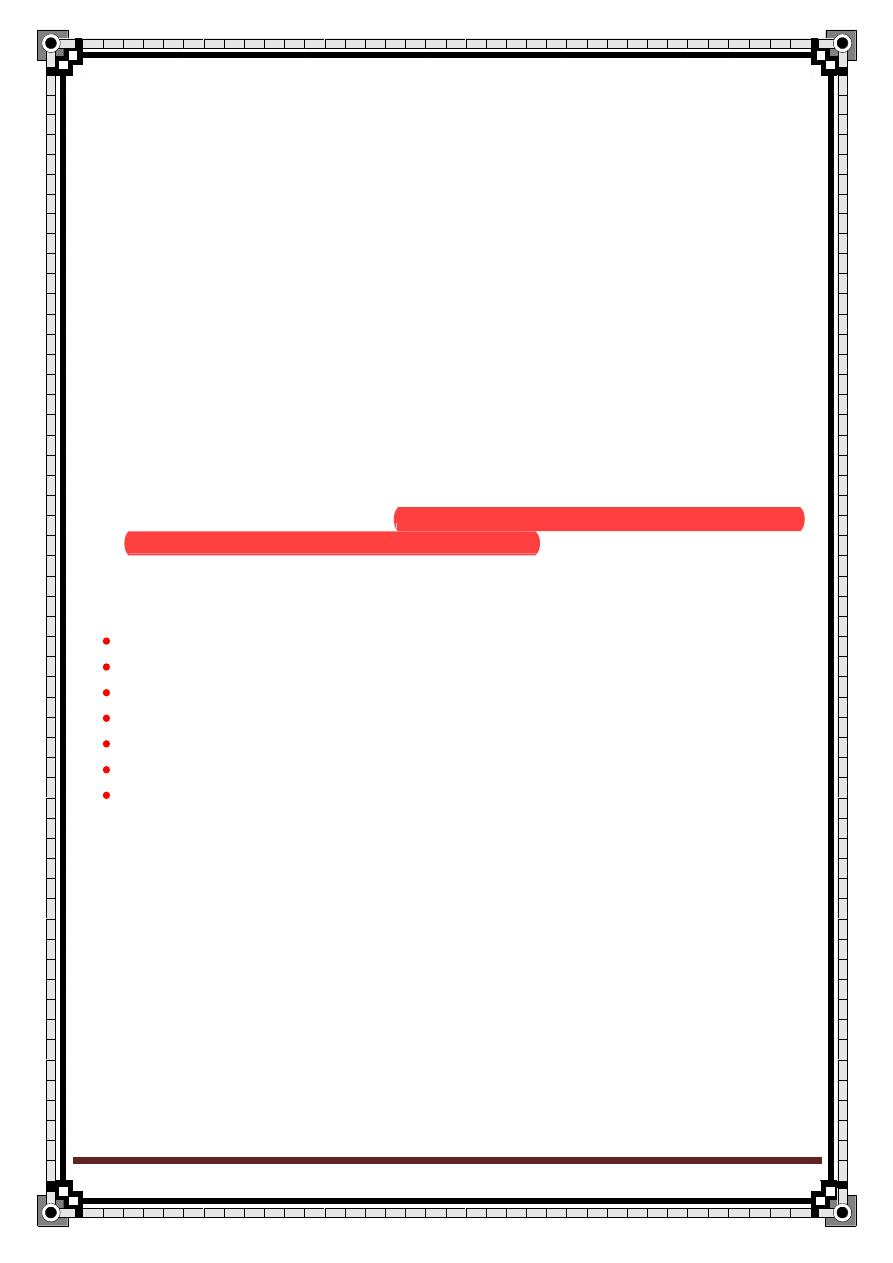
260
" Reading without contemplation is like eating without digestion "
Chinese byword
Renal Stone
Chief Compliant:
The patient is a 40 year old white female who complains of
flank pain for 8 hours.
History of the Present Illness:
Pain analysis
1) Onset: acute
2) Severity: Severe
3) Character: colicky
4) Pattern: intermittent
5) Site: lower abdominal pain or flank pain
6) Radiation: may radiate laterally around abdomen to groin or to scrutum if upper
ureter stone while lower radiate to tip of glans penis or glitoris
7) Associated symptoms
Haematuria, fever, Dysuria ,incontinence, polyurea , nacturia ,urgency
,frequency. intermittent stream ,symptoms of uremia( headache, restlessness
,twitching, fits convulsion, drowsiness, coma,) wt loss malaise generalize
weakness
8) Aggravated or relieving factors: movement, medications
9) Others
low fluid intake
urinary tract infection
prior history of renal stones
parenteral nutrition
Excessive calcium administration
Immobilization
Furosemide
10)Patient reaction
Past Medical History:
1- Chemotherapy
2- inflammatory bowel disease
3- ileal resection
4- Diet high in oxalate: Spinach, rhubarb, nuts, tea, cocoa.
Drug Hx:
Excess vitamin C, hydrochlorothiazide, indinavir, unusual dietary habits.
Family History:
Kidney stones
,symptoms of uremia( headache, restlessness
,twitching, fits convulsion, drowsiness, coma,)
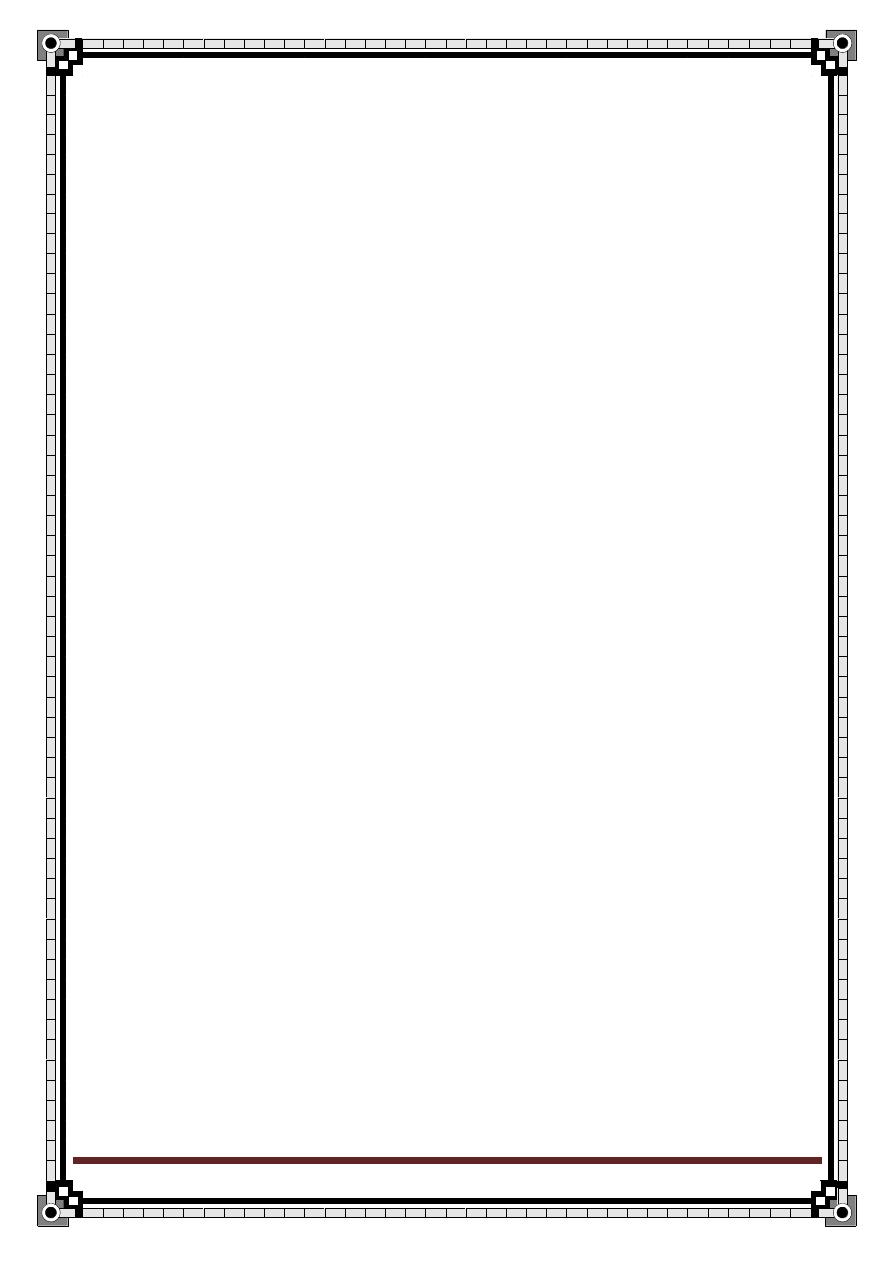
261
" Reading without contemplation is like eating without digestion "
Chinese byword
Physical Examination
General Appearance:
Signs of dehydration, septic appearance. Note whether the patient appears ill, well, or
lethargic.
Abdomen:
Costovertebral angle tenderness, suprapubic tenderness; enlarged kidney.
Gyn:
Cervical motion tenderness, adnexal tenderness, cysts.
Labs:
Serum electrolytes, calcium, phosphorus, creatinine, uric acid. Urine cystine, UA
microscopic (hematuria), urine culture, KUB, intravenous pyelogram. PTH levels (if
hypercalcemia), 24-hour urine calcium, phosphate, urate, oxalate, citrate, Cr, sodium,
urea nitrogen, and cystine.
Differential Diagnosis:
1) Nephrolithiasis
2) Appendicitis
3) Cystitis
4) Pyelonephritis
5) Diverticulitis
6) torsion of hernia
7) ovarian torsion
8) ovarian cyst rupture or hemorrhage
9) bladder obstruction
10) prostatitis
11) prostate cancer
12) endometriosis
13) ectopic pregnancy
14) colonic obstruction
15) carcinoma (colon, prostrate, cervix, bladder).
Causes of Nephrolithiasis:
1- Hypercalcemia
2- Hyperuricosuria
3- Hyperoxaluria
4- cystinuriarenal tubular acidosis
5- Proteus mirabilis urinary tract infection (stag horn calculi)
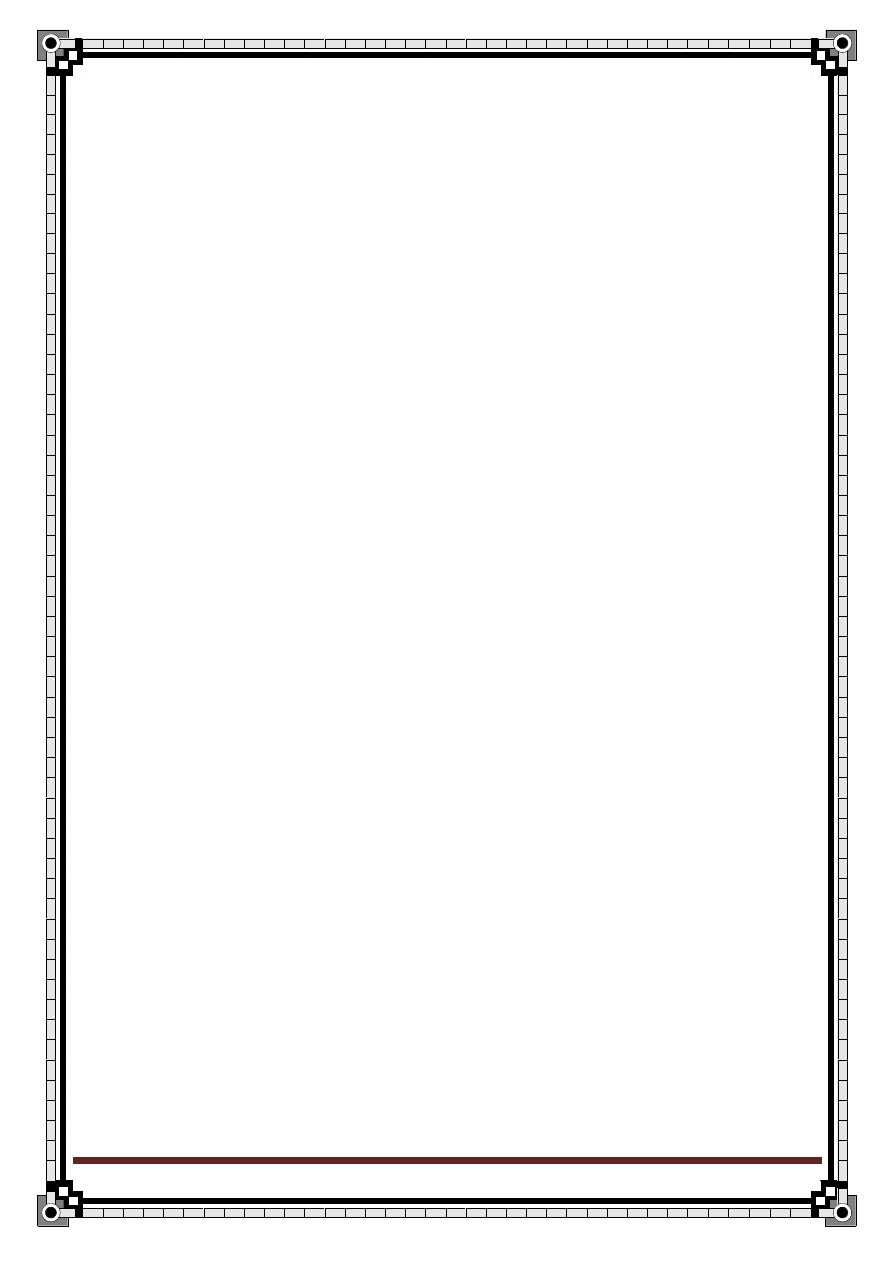
262
" Reading without contemplation is like eating without digestion "
Chinese byword
Urine retention
Acute urinary retention is defined as the sudden inability to pass urine.
May be caused by obstruction, neurogenic causes, or medications .
Causes
Bladder
1. Bladder stone
2. Bladder cancer
3. Bladder infection
4. Neurogenic bladder
5. Detrusor instability
Prostate
1. BPH
2. Prostatic inflammation
3. Prostatic cancer
Post Prostatic
1. Urethral stricture
2. Polyps
3. Stone
4. Meatal stenosis
Other
1. DM
2. Parkinson Dz
3. MS
4. Previous CVA
5. Drug : Anticholinergics , Diuretics
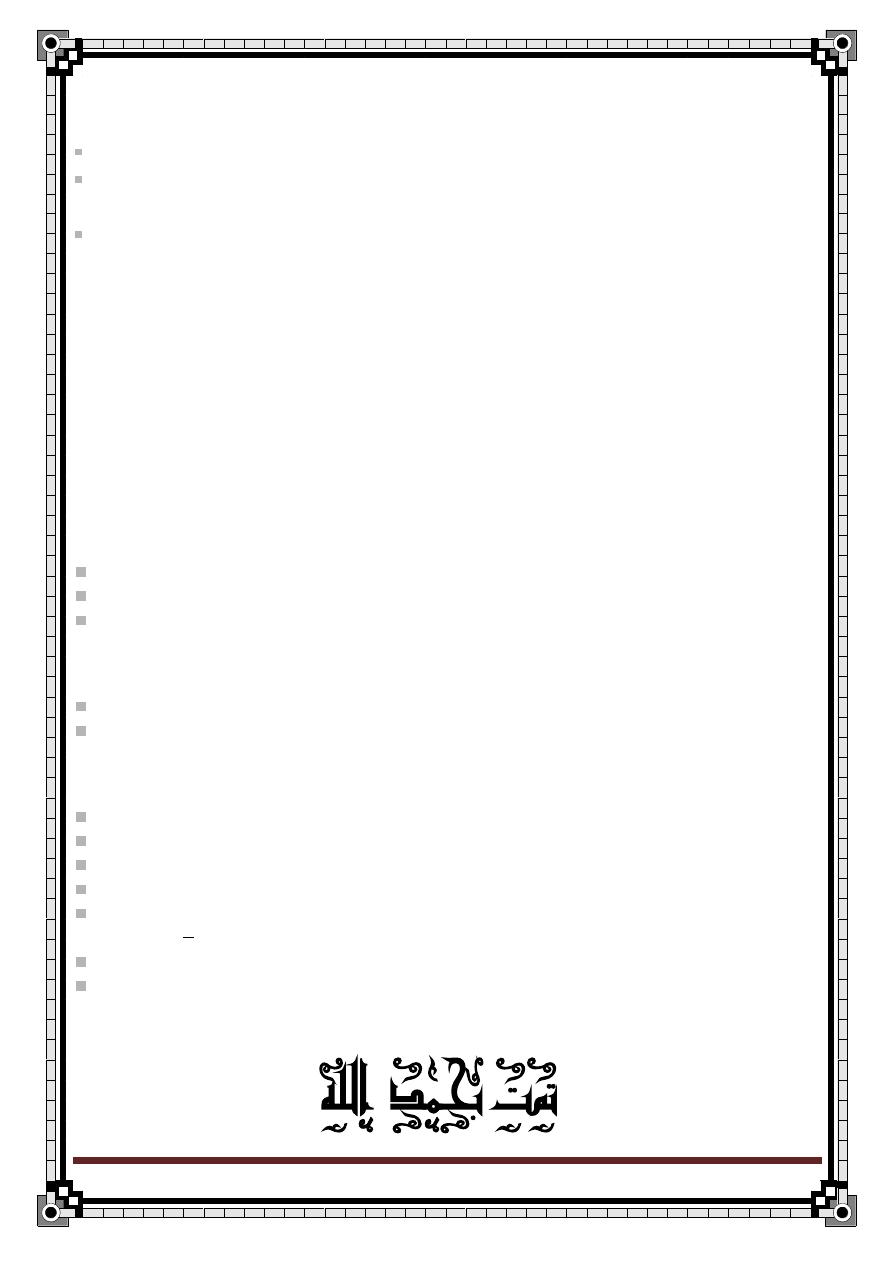
263
" Reading without contemplation is like eating without digestion "
Chinese byword
Symptoms
Abdominal discomfort and distention (unless neurogenic)
Hesitancy, decreased force of stream, straining with voiding, sensation of
incomplete emptying in patients with obstructive etiology
Dysuria, urgency, frequency, or discharge with infection
Associated symptoms:
1. Wt loss
2. Loss of Appetite
3. Malaise generalize weakness
4. Fever
5. Leg or back pain
6. Nausea vomiting
7. Abdominal distension
Examination:
Findings vary with cause of obstruction (eg, enlarged prostate BPH).
Abdominal tenderness
Palpable bladder (if containing > 150 mL)
Diagnosis
UA to evaluate infection, tumor, calculi
BUN and creatinine to evaluate renal function
Treatment
Supportive care with analgesia
Placement of a 16- or 18-inch French urethral catheter or Coude catheter
Do not clamp catheter.
Bladder aspiration if Foley catheter cannot be placed
Observation of patients with chronic retention for the development of postobstructive
diuresis (4 6 hours)
Discharge with catheter in place and follow up with urology.
Antibiotics for infection, as needed
